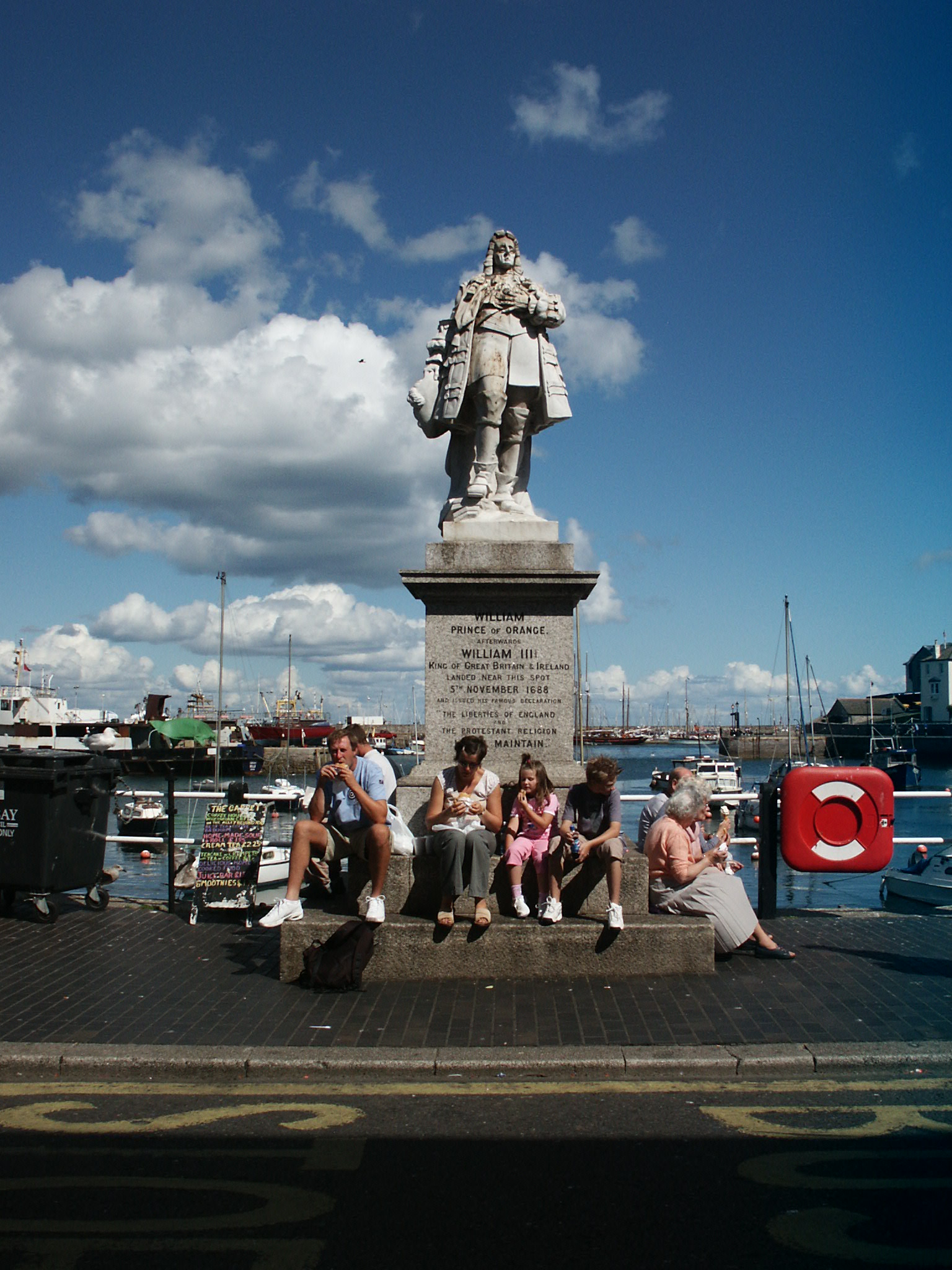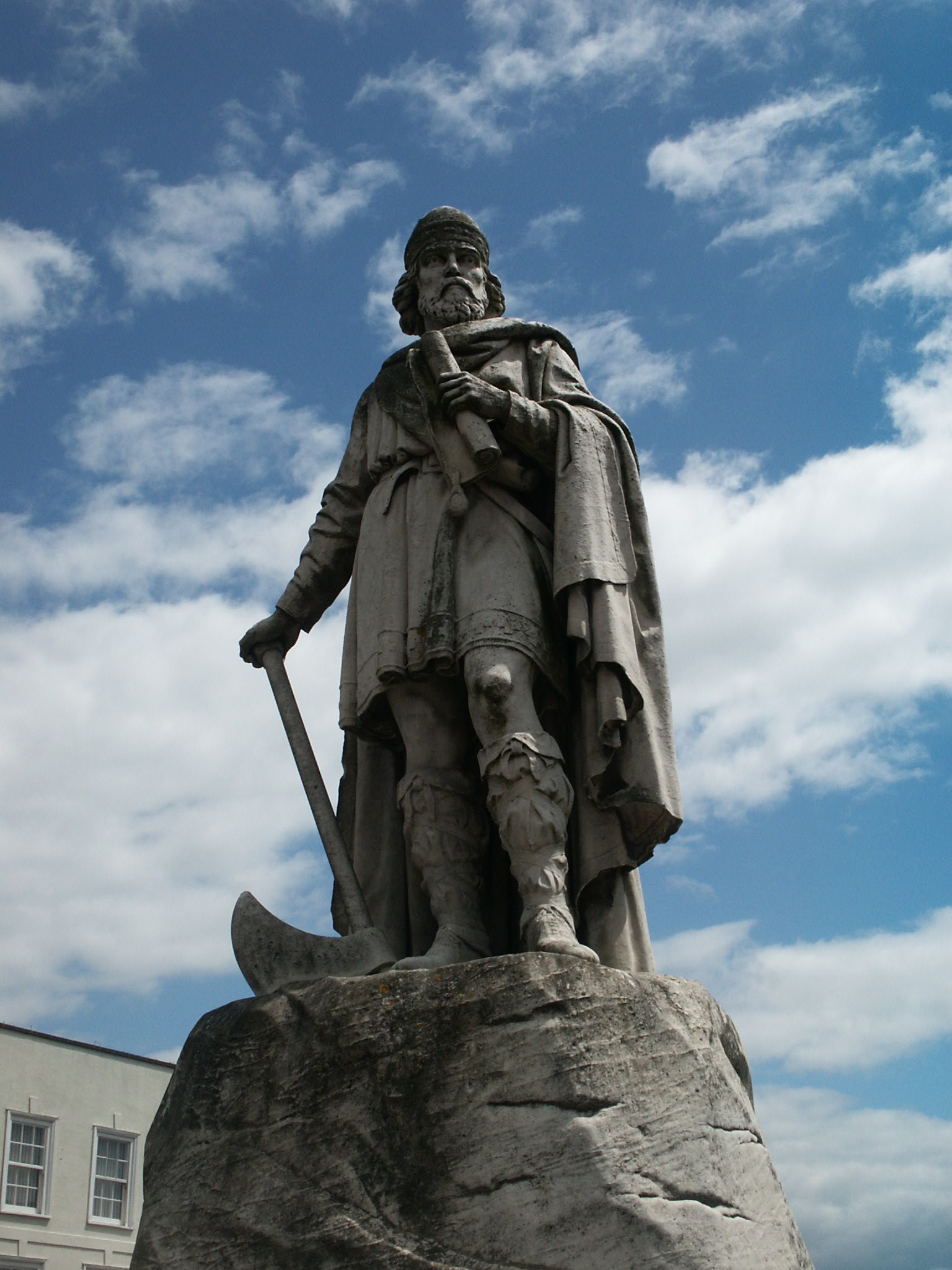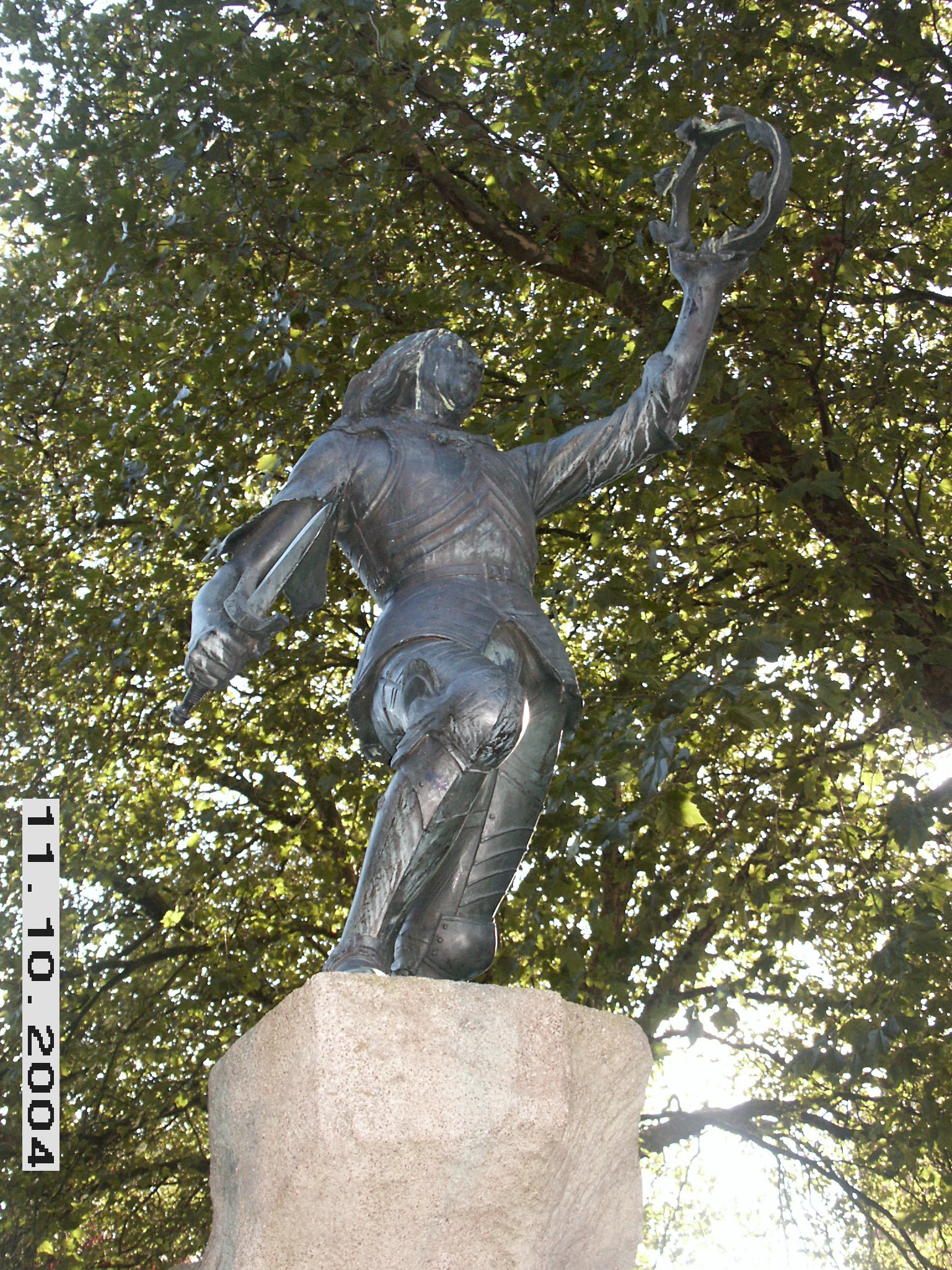Isambard Kingdom Brunel, the engineer, is commemorated by six statues in six different places. These have been erected at different dates for similar reasons, each place wants to link itself with its heritage and connection to Brunel.
London, Embankment erected 1864, sculptor Baron Marochetti
Swindon, erected 1973, copy of Marochetti's work
London, Paddingdon Station, erected 1982, sculptor John Doubleday
Bristol, erected 1982, sculptor John Doubleday
Neyland, Pembrokeshire, erected 1999, sculptor Robert Thomas of Barry
Brunel University, erected 2006, sculptor Anthony Stones
London is the scene of several of Brunel's works and he was the type of hero the Victorians commemorated with statues. Swindon is the railway town created by Brunel's Great Western Railway so its claim to his fame is understandable. The two companion statues by John Doubleday were commissioned and paid for by the Bristol and West Building Society and are placed at either end of Brunel's Great Western line from London to Bristol. In fact they were unveiled on the same day, the dignitaries starting in London and travelling by rail to unveil the second statue. Neyland, the Pembrokshire port of departure of Brunel's steam ships, paid for its statue by public subscription whilst Brunel University's reason for wanting a statue is obvious.
Each statue is different. The Victorians wanted to look up to their heros so on the Embankment Brunel stands up high above us on his pedestal. Today we are more likely to be invited to stand alongside our heros as the photograph of the Paddington station statue below shows.
Additionally each statue depicts Brunel in a different fashion, standing or sitting, holding a steamship, top hatted or not. The most recent statue gave rise to controversy as Brunel's trademark cigar was omitted showing that the issue of commemoration is important to people.
http://news.bbc.co.uk/1/hi/england/london/5194478.stm





